Great Red Spot On Jupiter Keeps Shrinking, Record-Breaking Small Size This Year?
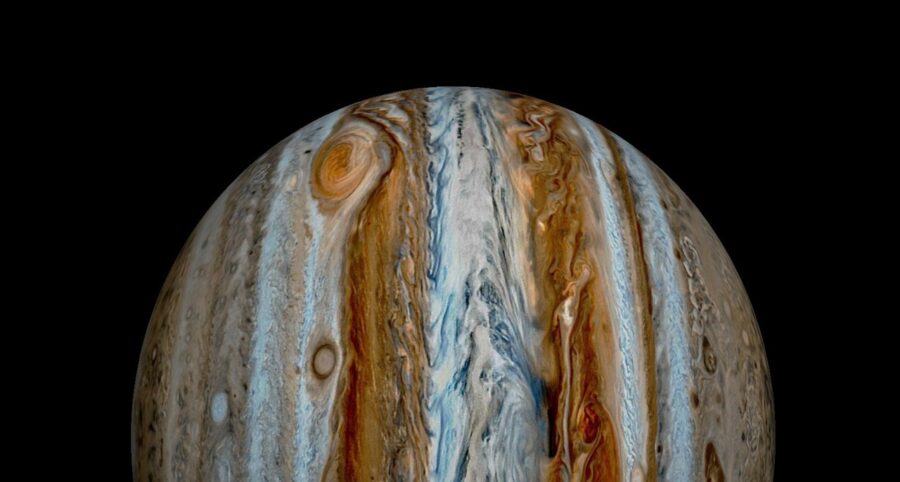
Jupiter’s Great Red Spot may soon no longer be able to live up to the title. According to Sky & Telescope, the circular red mark on the fifth planet from the Sun is shrinking and it might even reach a new milestone, becoming the smallest ever recorded since observations began about 359 years ago.
What Is The Great Red Spot?
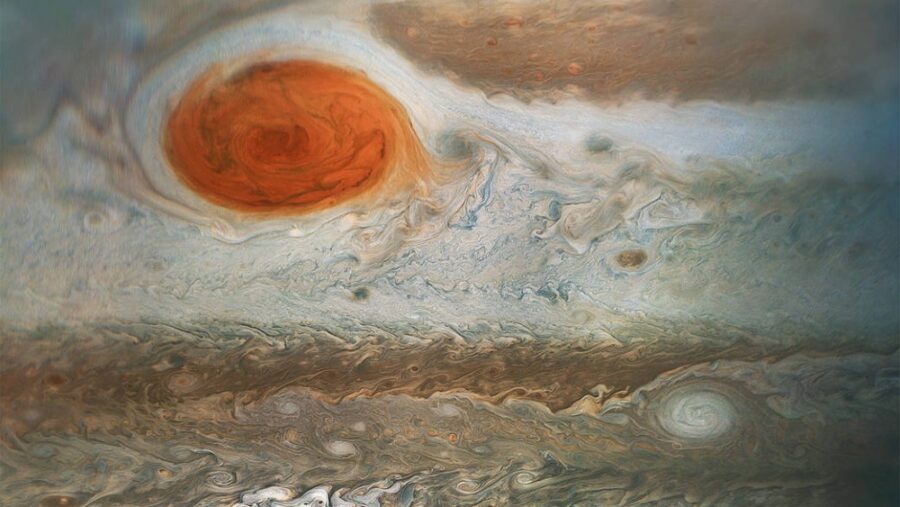
Renowned astrophotographer Damian Peach, armed with advanced software and high-resolution imagery, measured the diameter of the Great Red Spot at a staggering 12,500 kilometers (about 7,770 miles) on November 6, 2023, potentially making it not only smaller than Earth but the tiniest ever observed.
The Great Red Spot, first glimpsed in 1664 by Robert Hooke has been a celestial constant on Jupiter, defying the passage of time. Its enduring presence is attributed to the absence of frictional barriers found on Earth, allowing it to flourish in Jupiter’s unique atmosphere. This colossal storm, a high-pressure anticyclonic system in the planet’s southern hemisphere, is driven by opposing jet streams that sustain its rotation.
Recording The Red Spot Via Juno
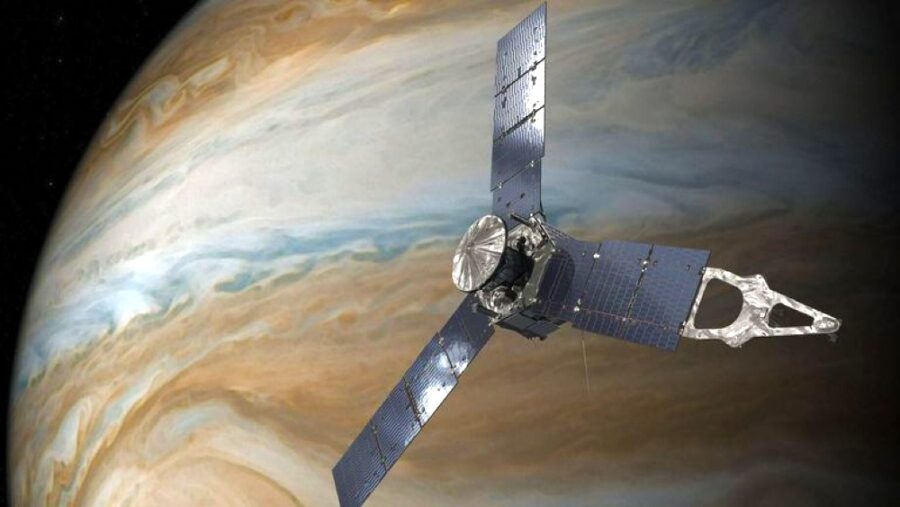
NASA’s Galileo probe, which orbited Jupiter from 1995 to 2003, provided crucial insights into the Great Red Spot, revealing that warm air rising from thunderstorms beneath the upper cloud deck fueled and perpetuated the colossal storm. However, recent revelations from NASA’s Juno spacecraft in 2021 suggest that the GRS’s energy source may lie below the cloud base, with roots reaching no more than 500 kilometers (300 miles) deep.
Resembling a gargantuan hurricane, the Great Red Spot boasts winds reaching speeds between 430 and 680 kilometers per hour (270 to 420 mph). Its relatively tranquil center is surrounded by powerful winds, creating a dynamic environment that allows the spot to consume smaller storms, temporarily shrinking its diameter while boosting its rotational energy.
Shrinkage Is Accelerating
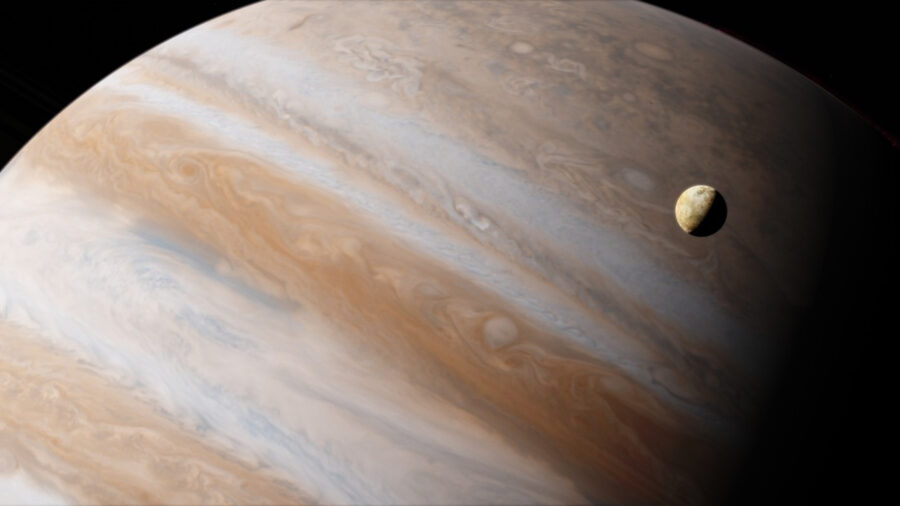
Despite these advantageous conditions, the Great Red Spot has been gradually diminishing for decades. The rate of shrinkage notably accelerated in 2012, and while the storm expanded in latitude, it has since resumed its contraction, reaching an unprecedented scale. The storm’s pale pink hue and turbulent surroundings, coupled with its reduced size, make it less conspicuous than ever to observers.
The Smallest Measurement Recorded
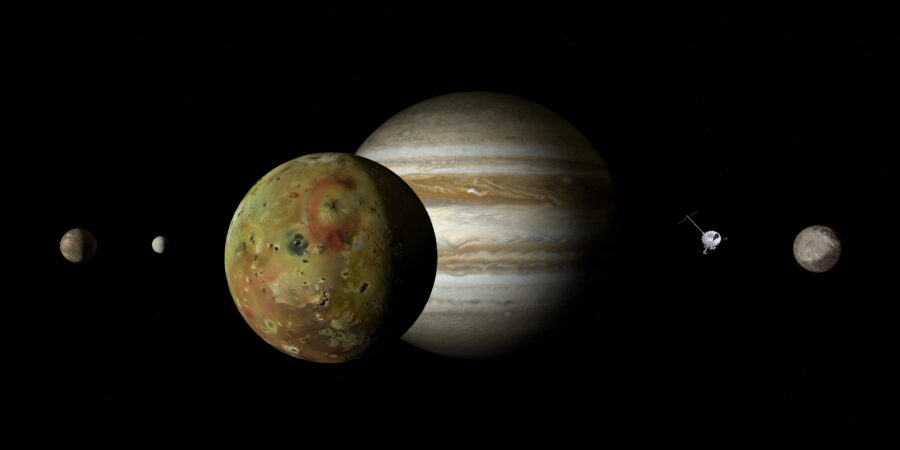
Earlier this year, planetary scientist Amy Simon reported that the Great Red Spot spanned 14,750 kilometers (9,165 miles) in longitude and 10,500 kilometers (6,525 miles) in latitude. However, Damian Peach’s recent measurements challenge these figures, indicating a significant reduction in size.
Peach utilized the WinJUPOS program to analyze his high-resolution images, determining the Great Red Spot’s diameter at 12,500 kilometers (about 7,770 miles) on November 6, 2023. If verified, this measurement would mark the GRS as the smallest ever recorded, surpassing its previous record of 41,000 kilometers (25,500 miles) in the late 1800s.
Will The Red Spot Completely Disappear?

The shrinking size of the Great Red Spot is not the only factor influencing its visibility. The local environment surrounding the GRS, including turbulence in the clouds and the Red Spot Hollow (RSH), a dark pod-like region, can affect its appearance. Additionally, a section of the South Temperate Belt (STB) near the RSH’s border can distract from the GRS’s pink fragility.
Whether the Great Red Spot will oscillate in size or continue shrinking until it’s non-existent, is unknown. However, Jupiter enthusiasts are encouraged to monitor the GRS and contribute their observations and photos to the Association of Lunar & Planetary Observers (ALPO) at [email protected], following their submission guidelines.












